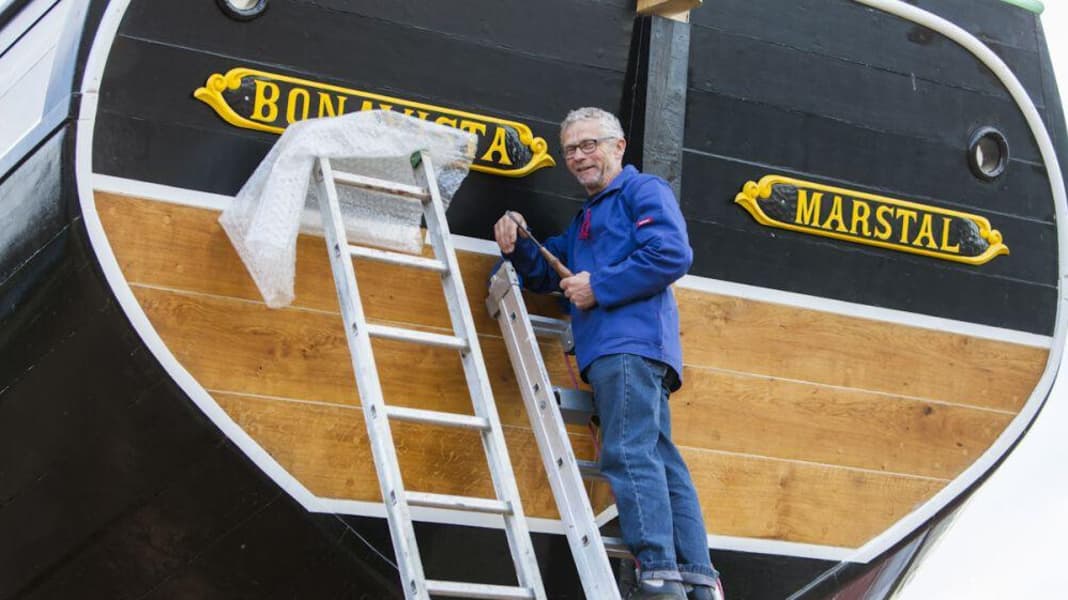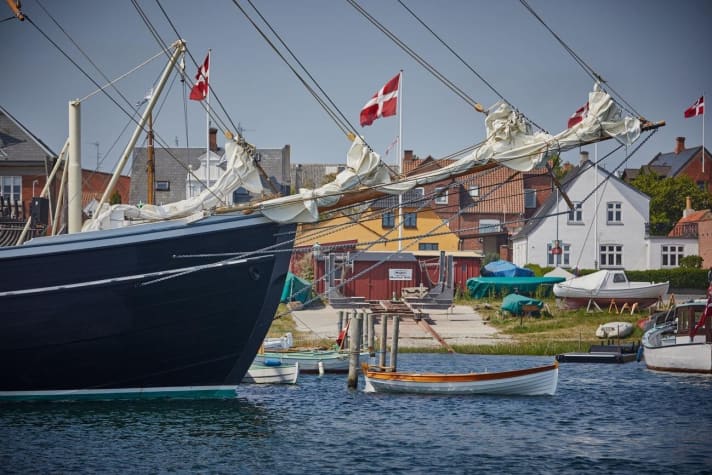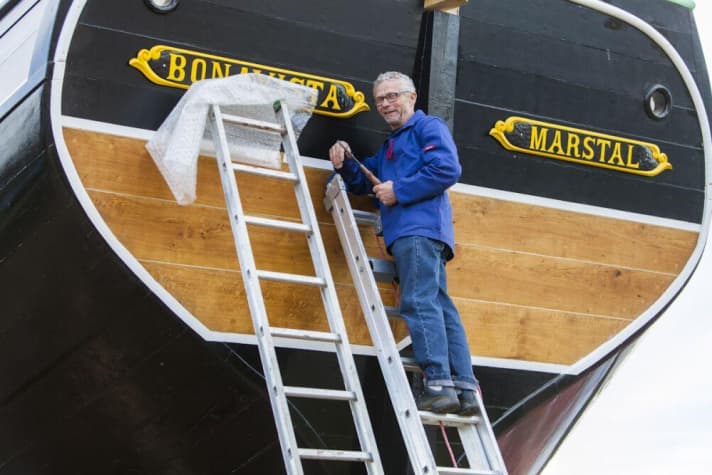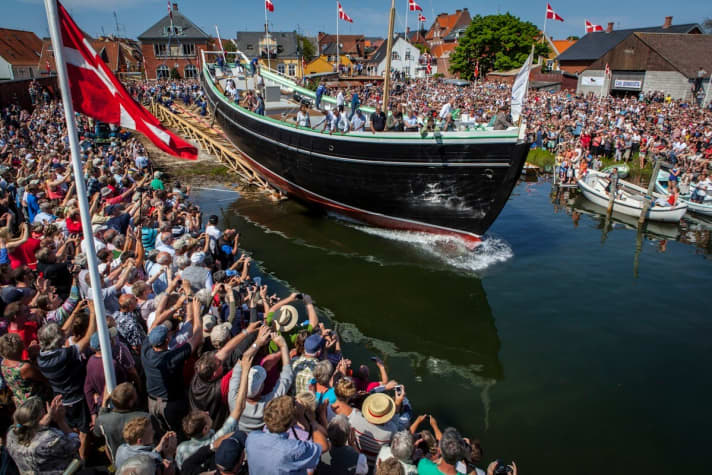
After a total of twelve years since the start of the project, the reconstructed "Bonavista" was handed over to the future National Museum at a maritime festival in Marstal on Saturday with a large public turnout. Ebbe Andersen and his boatbuilders had been working here at Eriksens Plads, where the imposing ship was once built, until the evening before.

Home port Marstal
In their speeches, the head of the local Maritime Museum Erik Kromann, and Peter Henningsen, Chief Inspector of the National Museum and head of the project management, answered the question of whether the "Bonavista" was a restoration or a new build. More important than this philosophical consideration, however, according to Mayor Ole Wej Petersen, is the fact that the schooner, which sailed from this harbour 105 years ago bound for Newfoundland, has its home port here in Marstal again.

Generous support
The project cost a total of 39 million crowns (5.2 million euros), 26 million crowns (3.5 million euros) of which went into the reconstruction of the hull in the years 2008 to 2008. Launching 2012, the project was at a standstill for several years due to a lack of a further 13 million for the interior, rigging, sails, rigging, technology and propulsion. Then the A. P. Møller Fund provided funding and the project was able to continue.

Significant history
The "Bonavista" was built in Marstal in 1914. She is one of the last representatives of a type of merchant ship that was used for transatlantic trade from the small harbour town on Ærø. She is named after a town in Newfoundland. From the original, one stem knee fore and aft, one bulkhead, two floor cradles and the anchor capstan were salvaged.
Maritime heritage
At the time of the launch of the "Bonavista", Marstal was the most important Danish harbour town after Copenhagen, with a good 300 large merchant ships having their home port here. Today, the Maritime Museum displays one of the most impressive collections in the Baltic Sea region in over 30 exhibition rooms.
Official video
